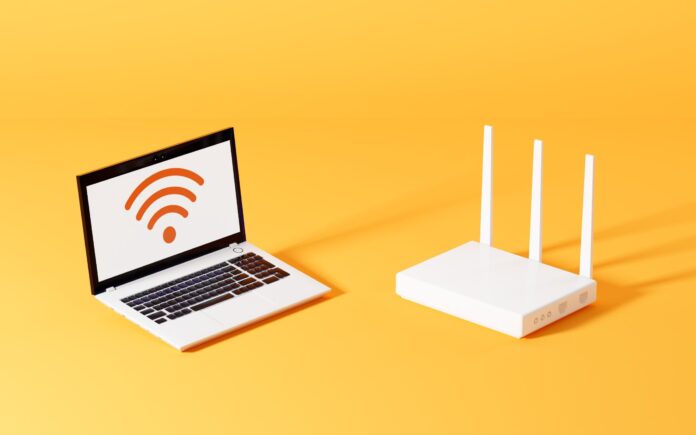FWA can deliver higher data rates, but consumer adoption is dependent on a CPE device’s performance
At the recent Test and Measurement Forum, LitePoint’s Product Manager Khushboo Kalyani gave a presentation outlining some of the value propositions of Fixed Wireless Access (FWA) for both the operators and consumers, and when it comes to the consumer side of the equation, the top testing considerations for FWA customer-premises equipment (CPE) the company has identified.
First Kalyani argued that for operators, FWA allows for improved utilization of available spectrum, as well as the use of the same infrastructure that is being deployed for mobile broadband. “With 5G, there is a variety or extensive spectrum that’s available from FR1 to FR2 frequencies, wider bandwidths that can offer higher data rate, so there is a higher return on infrastructure investment since mobile broadband infrastructure is being used,” she said.
For end customers, FWA can deliver higher data rates. However, she also pointed out that consumer adoption is contingent on a CPE device’s performance. “If your CPE device is not able to offer you performance … comparable to fiber, then there is not much incentive for consumers to make that shift,” she argued. Therefore, adequate device testing is key to FWA adoption. For LitePoint, there are four major aspects of FWA CPE devices that should be thoroughly tested.
The first aspect Kalyani shared involves verifying the antenna performance, which she explained can impact transmission distance. “Especially if you are using, say mmWave [millimeter wave] CPEs where you have a 5G mmWave antenna module, its gain will impact the coverage and the link reliability,” she said, adding that with mmWave antenna modules, there is no exposure allowing for the verification of the antenna’s performance, and so testing must be performed in an over-the-air (OTA) chamber. As a result, explained Kalyani, beamforming characterization and verification of the antennas is a critical aspect of the test process.
She continued: “Then the next aspect is the RF parametric verification, which impacts the overall signal quality, so including both 5G and Wi-Fi, especially with 5G, there are multiple different frequency ranges and bands the devices are expected to support based on the SKU that you’re shipping around the world. For 5G, there’s FR1 spectrum, there’s FR2 spectrum. There’s wider bandwidth. There’s denser modulation scheme.”
The second testing aspect — power calibration — also has to do with range and signal quality. “[Power calibration] is critical for ensuring a connection stability,” said Kalyani. “Improper calibration could cause adjacent device or channel interference, thus impacting the range or completely… So, from a real-world scenario perspective, the CPE device could just lose connection from the transmitter tower.”
Third, coexistence testing can impact the overall quality of service. Because CPE devices need to support extensive spectrum both for 5G and Wi-Fi technologies, multiple radios or antennas will be added onto the product. “Coexistence becomes important because receiver desensitization could lead to poor reception,” stated Kalyani. “Also, many of the Wi-Fi 2.4 GHz and 5 GHz is adjacent to some of the 5G channels, so ensuring that there is no leakage into the adjacent channel is also, again, part of the coexistence testing.”
Kalyani saved the most important consideration for last, which she claimed is measuring the end-to-end throughput to ensure that the CPE device is offering the best quality. “Functional verification overall can impact the quality of service,” she explained, providing an example in which there are multiple client devices connected to the Wi-Fi end of the CPE devices and each has a certain quality of service requirement. If this has not been appropriately negotiated on the 5G end with the carrier network, there may not be enough resources available to achieve the throughput requirement, causing upload issues and network congestion. This, she continued, will degrading the device’s capacity and throughput.
“All of this testing would have to be accompanied with an automation software tool to ensure that there is minimum engineering effort,” she stated, adding that it’s important to choose a comprehensive test set up that will simplify the overall test process. “Higher linearity will ensure that the measurements are accurate, [that] your shipping is true to the specification [and] it’s a quality product. Then pairing it with a turnkey automation software solution, which [will] simplify the whole process from R&D, DVT [development], to manufacturing.”

